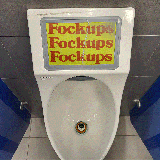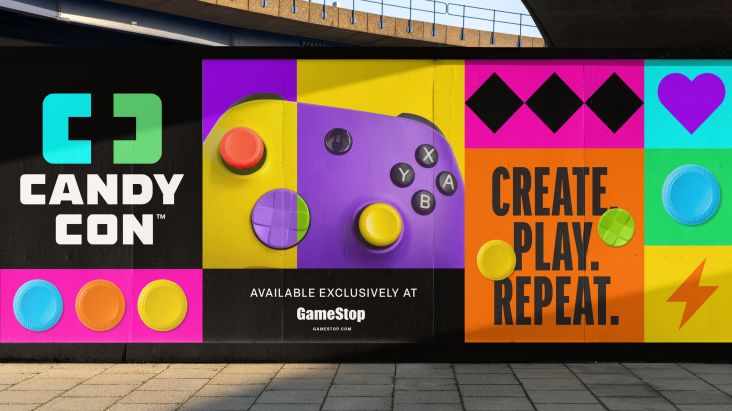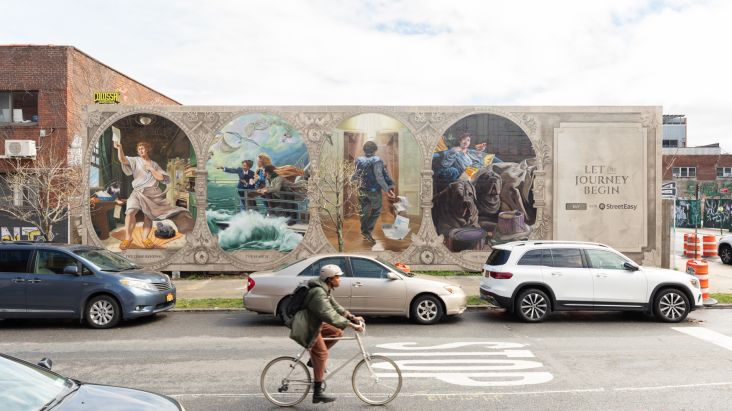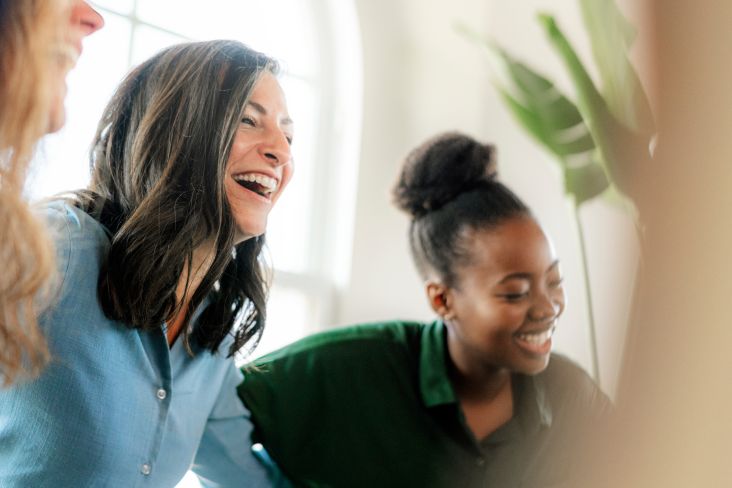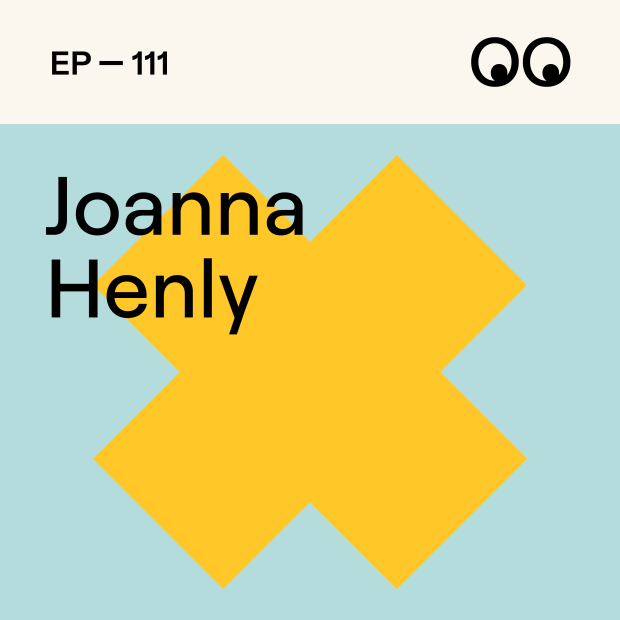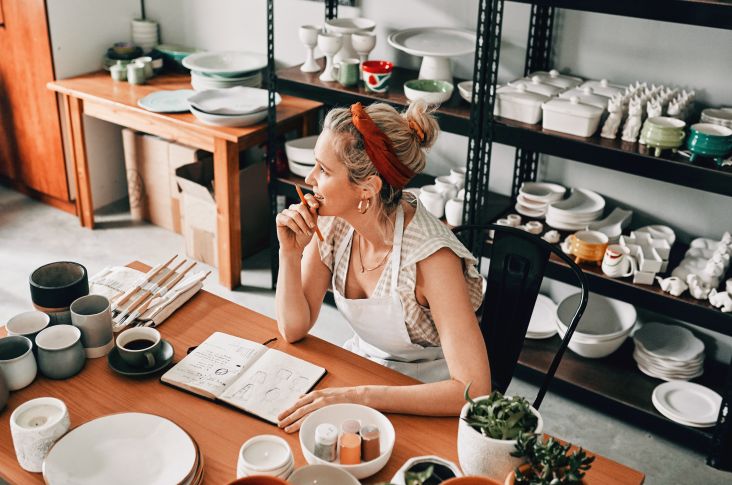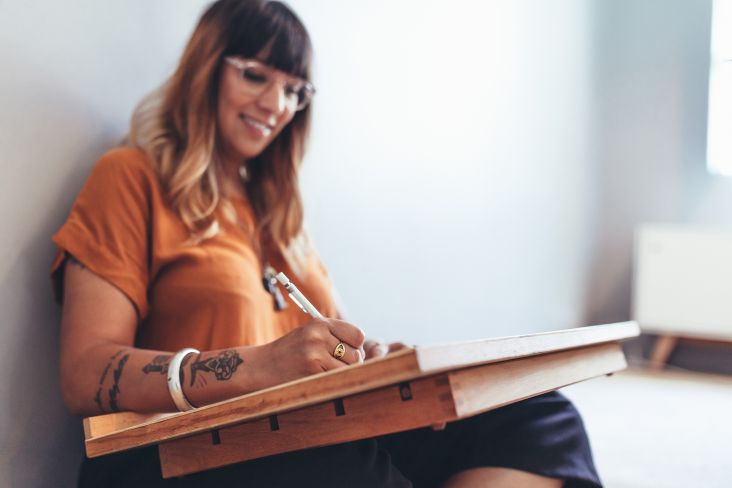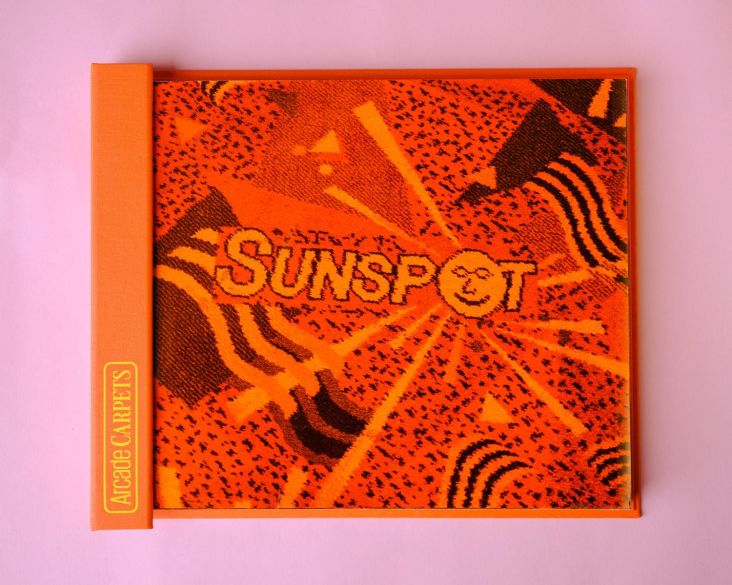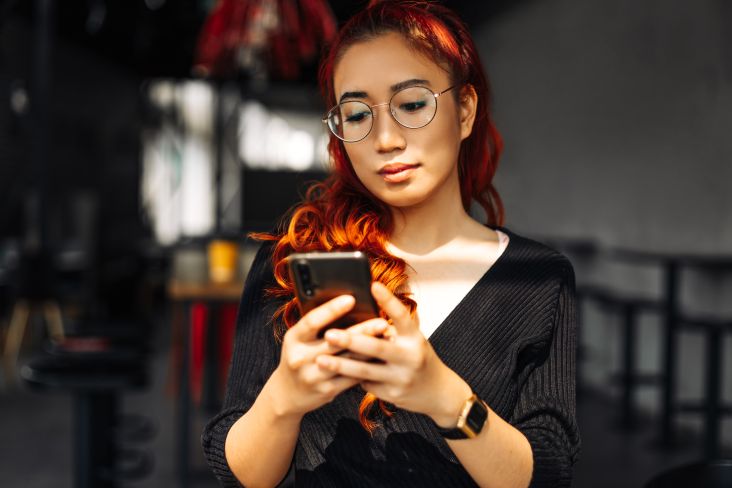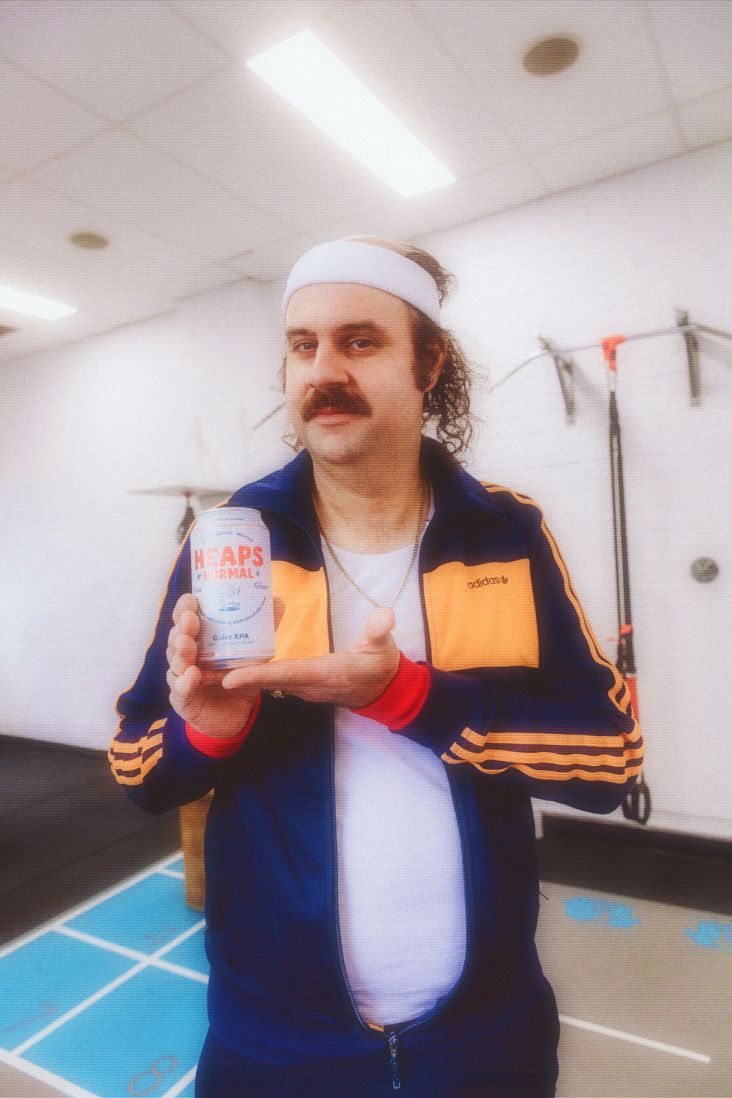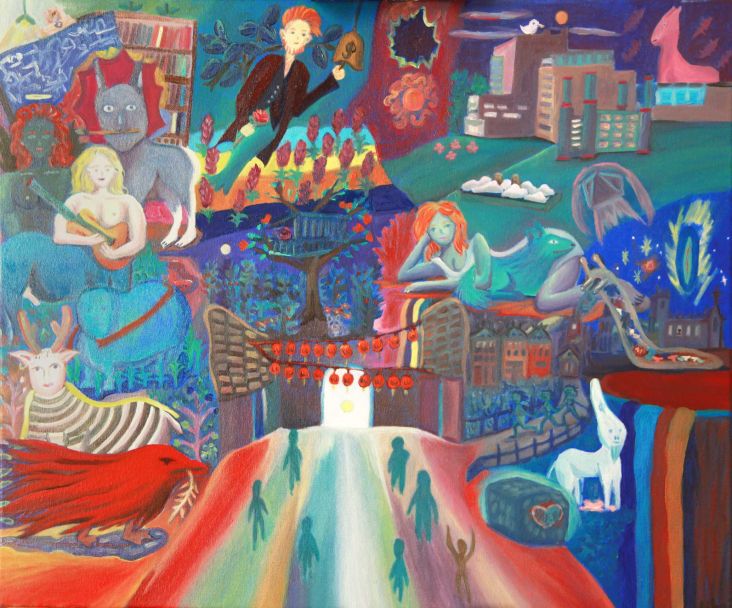Successful creatives share how they won their first client (so you can too)
There are many ways to get your first freelance gig. We speak to a range of creatives to find out how they did it and gather their best advice.
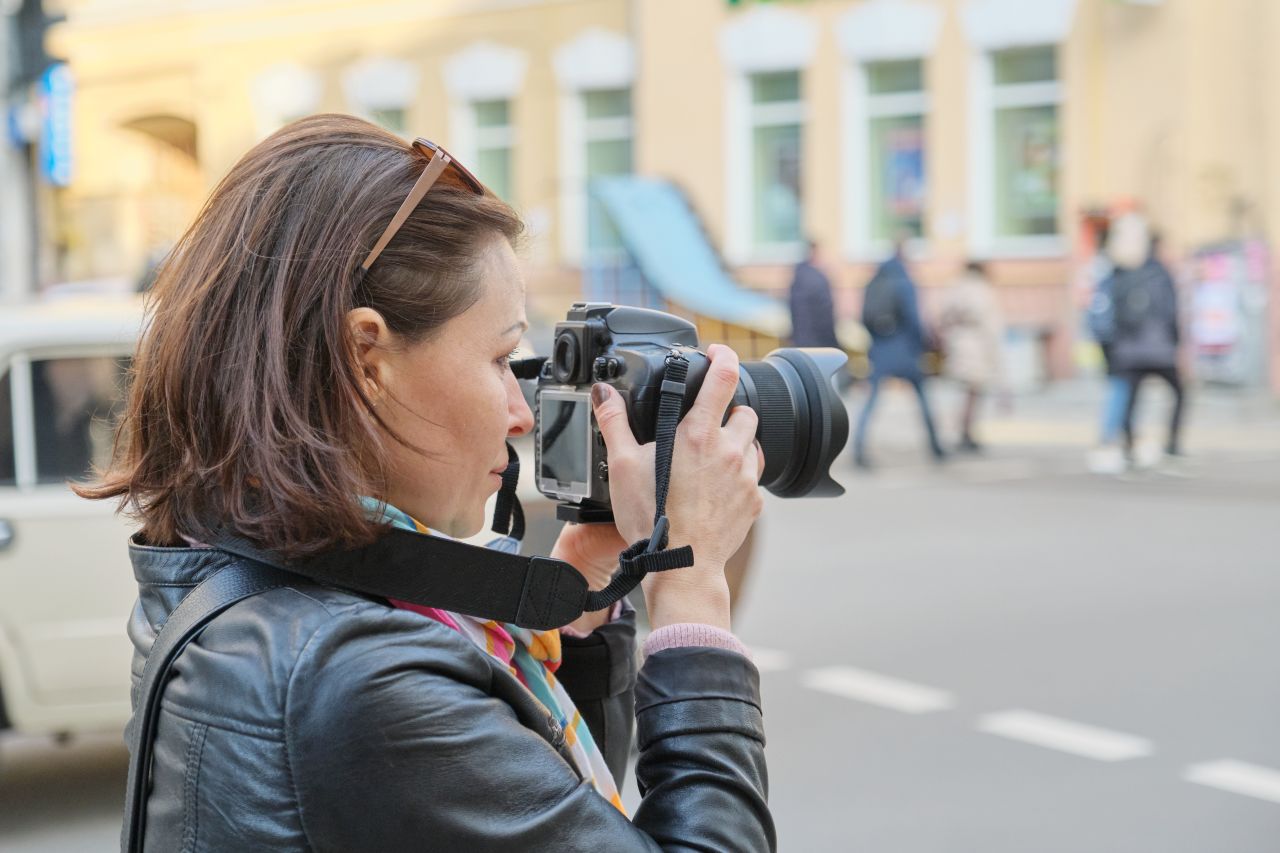
Image licensed via Adobe Stock
Embarking on a freelance career is an exhilarating journey filled with boundless opportunities and the freedom to shape your professional destiny. But right at the start, we won't lie: it can be pretty darned scary.
That regular pay cheque will no longer be dropping automatically into your bank account every month. You don't know what you'll do from one day to the next. Whether or not you land freelance work entirely depends on your own initiative. And right at the start, you may not even have a single client to your name.
So how do you land your first client?
Well, there's no one way to go about it, but rather a number of strategies you can pursue. To inspire you, we asked the Creative Boom community to share their stories of how they bagged their first freelance gig and offer some advice on doing so yourself.
We share the best tips and tales below, while you can read the full Twitter thread here.
1. Freelance for your old employer
We'll start with the most obvious one. Many people simply leave their jobs and freelance for the same employer. Yes, that might sound unadventurous. But think about it: you'll have all the benefits of knowing the people and what they need, not to mention understanding their payment processes.
Illustration and pattern designer Jacqueline Colley went down this route when she first went freelance. "My first freelance clients were my old full-time employers," she explains. "The lesson is that it definitely pays not to burn bridges! I couldn't have made my way without them or pivoted from textile design into illustration."
Ellen Carroll, founder of Nellie PR, tells a similar story. "I told my employer I was planning on leaving," she recalls. "They didn't want me to go, so they offered to be our first client. Now, 16 years later, they are still a client!"
Even if your previous employment was in a different type of role, it doesn't necessarily matter: everyone needs good freelancers. And that's how things worked out for illustrator Vicky Hughes. "My first client was my old non-creative job," she explains. "I overheard that they were struggling to find a reliable illustrator for their rebrand. I was terrified but pitched myself, hoping they would take a chance on me. So my advice is, put yourself out there in scary ways!"
2. Mine contacts from your old job
Even if you don't land your old employer as a client, there'll probably be many contacts you made while working there, so mine them as much as you can.
"Landing clients can often be about who you've worked with before," says freelance coach Jenny Holliday. "The last time I went freelance, after redundancy, I emailed lots of contacts to say I was available. For me, it was about pitching for work, saying I was available and sending ideas to editors."
Growth strategist and educator Darnell Brown explains that he followed a similar route. "I won my first client as a freelancer by updating the clients I worked for in the prior capacity that I'd left that job and to keep me in mind if they needed stuff outside the scope of what I did before. That way, there wouldn't be a conflict of interest."
3. Build a network
These ideas can help get you started, but ultimately you need to start building a wider network of contacts in order to maximise your freelance opportunities. So keep your eye open for anyone who might need your services, including those closest to you personally.
"My first freelance job came from another designer friend who knew I had the skills for the job," recalls graphic designer Dave Wright. "So my advice would be to build a network of people you like and want to work with. Because it's as much about who you know and who knows you as what you know."
Graphic designer Sarah Fisher had a similar experience. "My first client came from a friend of a friend," she remembers. "And so my advice is to tell everyone you know what you're doing and what your ideal projects are. And the chances are that someone will know someone who needs exactly that!"
There is a caveat, though. Illustrator Ben O'Brien notes that you should think carefully about which friends or family you're connecting through. "You don't want to end up branding your uncle's daft mate's drunken car wash: more hassle than it's worth, I'm sure. So many friends and family also try to pull in favours and freebies."
That consideration aside, you should cast your net as wide as possible and not just think about the obvious type of client. "As a graphic designer, pretty much anyone with a business can utilise your services," points out graphic designer Thomas Foley. "I got my first freelance project with a simple conversation. 'Q: What are you going to school for? A: Graphic design. Q: I'm starting a new business. Can you help me? A: Yes.' It was that easy."
4. Be helpful to people
People like nice people. So when it comes to winning clients, it helps to be helpful. That's what WordPress developer Paul Truong found anyway.
"My first client came from a referral from a friend, but my second client came from an online slack community called SuperHi," he explains. "I wasn't actually looking for clients; I was just being helpful and answering questions. But eventually, someone reached out, we gelled, and they became my second client."
Designer Katie Price also found that altruism pays. "I used to volunteer a lot in the youth sector," she explains. "My work there wasn't design related, but a lot of my work, including my first client, came from the connections I made there. I'm grateful to those amazing organisations who supported me as a creative young person."
5. Make cool stuff and share it
Contacting potential clients directly is not the only way freelancers find their gig. Many creatives have told us they found their first clients by putting out personal work. Ben O'Brien is one of them.
"My 90s/00s experience as an aspiring animator was walking around London and dropping VHS showreels off at record labels, hoping to get a chat with someone about music videos," he recalls. "Five years later, I did the same thing with a little DIY fold-out print of my illustration work. Both led to commissions with Skint Records and Vice Magazine, respectively. Today I'd recommend the same thing, but there's no longer the need to go door-to-door. Just make something cool that stands out and target the right people to share it with."
Art director, illustrator and letterer Tim Easley agrees. "My first 'proper' freelance illustration client was Nike, and they found some of my personal work posted by someone on Tumblr," he explains. "Ever since then, a large amount of my client work has been off of the back of my personal work, so my advice is to always keep creating fun stuff!"
"Gosh, yes, personal work!" agrees illustrator Sarah J. Coleman aka Inkymole. "I showed Marks & Spencer some full-wonk flyers I'd done for the Birmingham pirate radio station I worked on at weekends, and they asked me to do a full range of baby greetings cards. You couldn't make it up!"
Designer and illustrator Hylton Warburton had a similar experience. "I got my first client by creating loads of personal work and putting it up on Flickr; this was before Insta, Dribbble and Twitter," he explains. "I used to make monster characters. An agency saw that and commissioned work for a Nike Halloween campaign."
Illustrator Helen Dearnley is another freelancer who won work this way. "My first illustration commission was for Lina Nordmeer's book Move To Oslo, an A-ha fan adventure," she says. "Lina saw my Take On Me style illustrations on Facebook, especially Self Portrait With Morten Harket, and commissioned an illustration for Move To Oslo."
In short, while you don't want to rely on this method alone, personal work can be a great way to attract clients. Just make sure you follow the advice of freelance designer Sophie O'Connor. "Only show work you're proud of and want to do more of," she says. "Your website or portfolio should be the greatest hits, not everything but the kitchen sink!"




